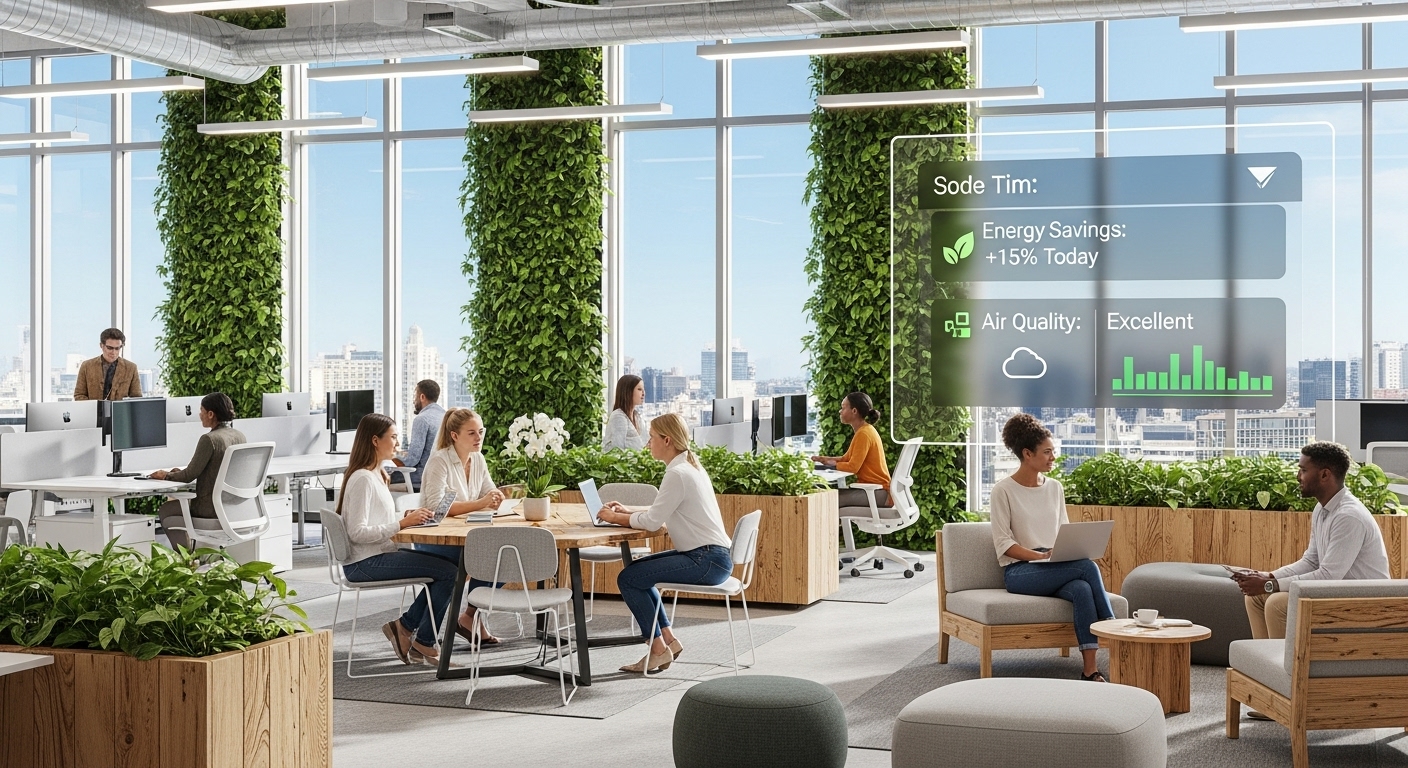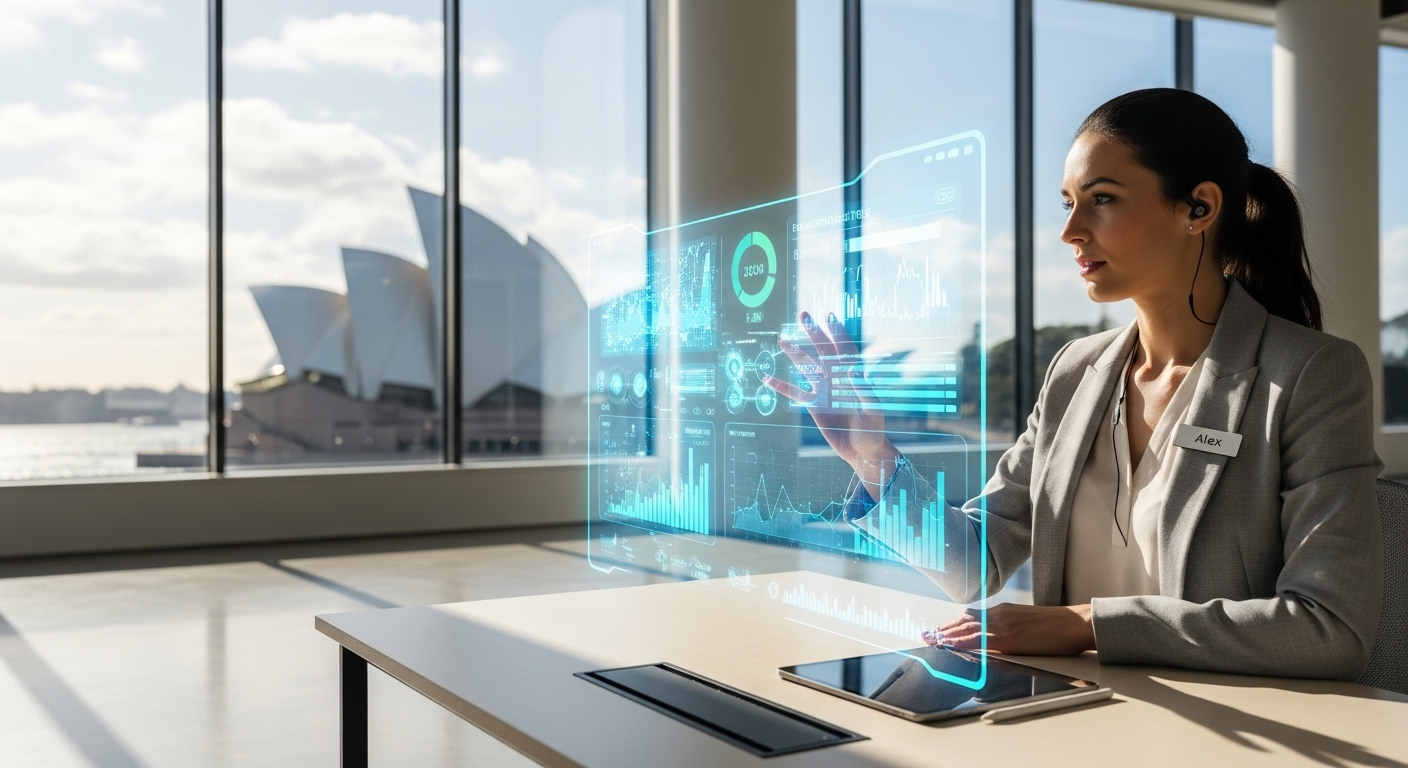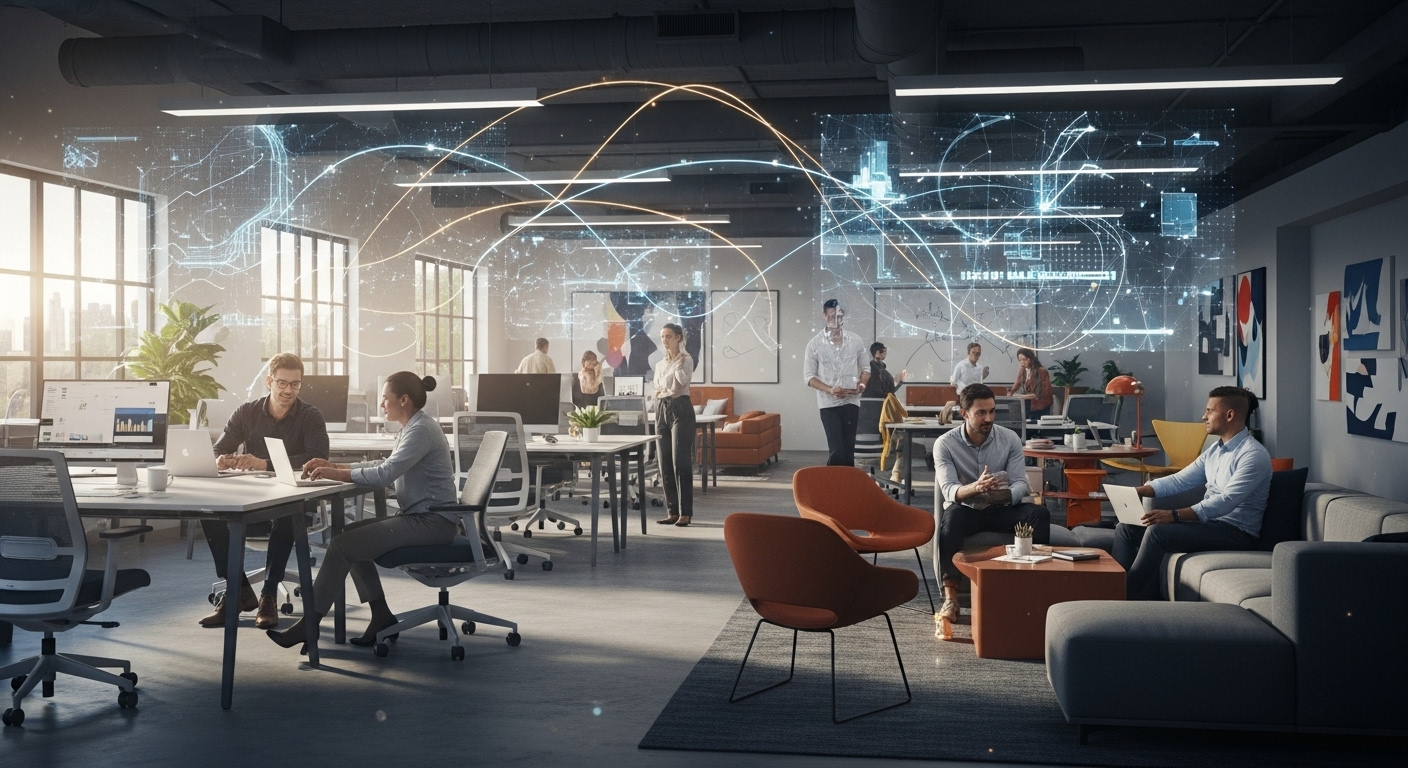In today’s competitive landscape, the office is no longer just a place to work; it’s a statement of values and a strategic asset. As businesses navigate the future of work, a new imperative has emerged: sustainability. Yet, many organizations struggle to move beyond superficial gestures like recycling programs and potted plants. The real evolution lies in adopting a holistic model that integrates environmental responsibility with human-centric design and financial performance. This is the essence of the Triple Bottom Line (TBL) framework—a powerful approach that considers People, Planet, and Profit as interconnected pillars of success. Recent search trends show a growing demand from employees and investors for companies that demonstrate genuine environmental and social governance. This article provides a comprehensive framework for designing sustainable workspaces that not only reduce your carbon footprint but also enhance employee well-being, attract top talent, and ultimately, drive long-term profitability.
The ‘Planet’ Pillar: Beyond Recycling Bins and LED Bulbs
The environmental, or ‘Planet’, pillar is often the most visible aspect of a sustainable workspace, but its potential goes far beyond the basics. While energy-efficient LED lighting and robust recycling programs are crucial first steps, a truly sustainable approach requires a deeper commitment to resource management and circular principles. This begins with building design, prioritizing energy conservation through high-performance insulation, smart windows that regulate heat and light, and renewable energy sources like solar panels. Water conservation is another key area, addressed through low-flow fixtures, rainwater harvesting systems, and sustainable landscaping. However, the most forward-thinking organizations are embracing the circular economy. Instead of the traditional linear model of ‘take-make-dispose,’ a circular workspace is designed to eliminate waste and keep materials in use. This means selecting furniture that is modular, reconfigurable, and made from recycled or upcycled materials. It involves partnering with suppliers who offer take-back programs for their products and designing spaces that can be easily adapted for future needs without costly and wasteful demolitions. Sustainable procurement policies are the backbone of this pillar, ensuring that everything from office supplies to construction materials is sourced responsibly, with a low environmental impact and a transparent supply chain. By embedding these principles, a workspace transforms from a consumer of resources into a regenerative system.
The ‘People’ Pillar: Designing for Human Health and Well-being
A sustainable workspace is an inherently human-centric one. The ‘People’ pillar of the TBL framework recognizes that the most valuable asset in any organization is its workforce, and the physical environment plays a critical role in their health, happiness, and productivity. This goes far beyond simply providing a safe place to work. It involves a conscious effort to create an environment that actively promotes well-being. A cornerstone of this approach is biophilic design, which integrates natural elements into the workspace. Studies have consistently shown that exposure to natural light, indoor plants, natural materials like wood and stone, and views of nature can reduce stress, improve cognitive function, and boost creativity. Another critical factor is indoor air quality. Poor air, filled with volatile organic compounds (VOCs) from paints, carpets, and furniture, can lead to health issues and decreased performance. A sustainable workspace prioritizes low-VOC materials, advanced air filtration and purification systems, and ample ventilation. Ergonomics also falls under this pillar; providing adjustable desks, supportive chairs, and varied work settings allows employees to work in a way that is physically comfortable and sustainable for their bodies over the long term. As one expert notes:
‘Investing in the well-being of employees isn’t a perk; it’s a prerequisite for high performance. A healthy building cultivates a healthy, engaged, and resilient workforce.’
Ultimately, designing for people means creating a space where employees feel valued, supported, and energized, making the workplace a destination they choose to be in.
The ‘Profit’ Pillar: Uncovering the Financial ROI of Sustainability
For too long, sustainability has been miscategorized as a cost center. The ‘Profit’ pillar of the Triple Bottom Line framework refutes this myth by highlighting the tangible financial returns of investing in a sustainable workspace. The most direct benefit comes from operational efficiencies. Energy-efficient systems, smart controls for lighting and HVAC, and water conservation measures lead to significantly lower utility bills, delivering cost savings month after month. These savings can be substantial, freeing up capital for other strategic investments. Beyond direct savings, a strong commitment to sustainability enhances brand reputation and market position. In an age of conscious consumerism and impact investing, a verifiable green credential can be a powerful differentiator, attracting customers, partners, and investors who align with these values. Perhaps the most significant financial impact is on talent management. Research indicates that a vast majority of millennials and Gen Z workers want to work for companies with a positive social and environmental impact. A sustainable, well-designed workspace becomes a powerful tool for attracting and retaining top talent, reducing the high costs associated with employee turnover. Furthermore, the well-being benefits of a sustainable office—better air quality, natural light, and biophilic elements—are directly linked to increased productivity, reduced absenteeism, and fewer sick days, all of which positively affect the bottom line.
Integrating the Framework: How the Three Pillars Work in Synergy
The true power of the Triple Bottom Line framework is unlocked when the three pillars—People, Planet, and Profit—are not viewed as separate initiatives but as a deeply integrated, synergistic system. Decisions made to support one pillar often generate compounding benefits for the others. For example, investing in a state-of-the-art, energy-efficient HVAC system with advanced air filtration directly serves the ‘Planet’ pillar by reducing energy consumption. Simultaneously, it enhances the ‘People’ pillar by improving indoor air quality, which leads to better employee health and cognitive function. This, in turn, boosts the ‘Profit’ pillar through increased productivity and reduced absenteeism. Another example is the adoption of biophilic design. Incorporating a living wall or large indoor plants (‘People’) improves aesthetics and air quality, but it also contributes to the building’s LEED certification (‘Planet’), which can increase property value and attract premium tenants (‘Profit’). Sourcing furniture from local artisans who use reclaimed materials supports the local economy and community (‘People’), reduces the carbon footprint associated with shipping (‘Planet’), and often creates a unique brand story that attracts clients (‘Profit’). When sustainability is approached holistically, it creates a virtuous cycle where positive actions ripple across the entire organization, proving that what is good for the environment and for employees is ultimately good for business.
The Role of Technology in a TBL-Driven Workspace
Technology is the critical enabler that brings the Triple Bottom Line framework to life, providing the tools to measure, manage, and optimize sustainable initiatives. Smart building technology, powered by the Internet of Things (IoT), is at the forefront of this transformation. IoT sensors embedded throughout a workspace can monitor conditions in real-time, from occupancy and light levels to temperature and air quality. This data feeds into a central building management system that can automate adjustments, ensuring optimal comfort and maximum energy efficiency. For example, lights can dim automatically in sunlit areas, and HVAC systems can adjust based on the number of people in a room, eliminating waste without human intervention. These systems provide a wealth of data that is crucial for the ‘Profit’ pillar, allowing facility managers to track resource consumption, identify areas for improvement, and generate detailed reports on sustainability performance. This data-driven approach moves sustainability from an abstract goal to a measurable science. Technology also enhances the ‘People’ pillar. Workplace apps can allow employees to personalize their environment, such as adjusting desk lighting or temperature, giving them a sense of control and improving their comfort. These platforms can also be used to communicate sustainability goals and achievements, engaging employees in the process and fostering a shared culture of responsibility. By leveraging technology, organizations can ensure their sustainability efforts are not only effective but also transparent and continuously improving.
Getting Started: Practical Steps to Implement a TBL Framework
Transitioning to a workspace guided by the Triple Bottom Line is a journey, not an overnight transformation. The key is to start with a clear strategy and build momentum over time. The first step is to conduct a comprehensive sustainability audit of your current workspace. This assessment should evaluate everything from energy and water consumption to waste management, indoor air quality, and employee satisfaction with the environment. This baseline data is essential for setting realistic and measurable goals. Next, form a cross-departmental ‘green team’ comprising individuals from facilities, HR, finance, and operations. This ensures that the TBL principles are championed throughout the organization and that decisions are made holistically. Based on the audit, this team should set clear, time-bound objectives. These might include goals like ‘reduce energy consumption by 20% within three years’ or ‘achieve 90% waste diversion from landfill by 2025.’ It is often best to start with ‘low-hanging fruit’—initiatives that offer a high impact for a relatively low investment, such as upgrading to LED lighting, implementing a comprehensive recycling and composting program, or switching to green cleaning supplies. Success in these initial projects helps build support for larger, more transformative investments down the line, such as HVAC upgrades or major renovations. Throughout the process, communication is paramount. Share your goals, progress, and successes with all employees to foster a culture of shared ownership and pride in the company’s commitment to sustainability.
Conclusion
The concept of the workspace has fundamentally evolved. It is no longer a mere container for work but a dynamic ecosystem that reflects corporate values and drives strategic outcomes. The Triple Bottom Line framework offers a robust and compelling roadmap for this new reality, moving the conversation about sustainability beyond environmental compliance to a holistic strategy centered on People, Planet, and Profit. By designing spaces that are resource-efficient, you protect the planet and reduce operational costs. By creating environments that prioritize health and well-being, you empower your people to do their best work. And by leveraging these efforts to build a resilient brand and attract top talent, you secure long-term profitability and a competitive edge. Adopting the TBL framework is not an act of corporate charity; it is one of the shrewdest business investments an organization can make. It’s a commitment to building a future where the health of the business is inextricably linked to the health of its people and the planet, creating a legacy of true, lasting value. Leaders who embrace this integrated vision will not only build better workspaces but will also build better, more resilient businesses for the years to come.





